In 2014, I drove in western Sichuan by myself. At that time, I only went to Bamei due to time constraints. From Tagong-Xinduqiao-Zheduo Mountain-Erlang Mountain, I passed through Chengdu and returned home with the regret of “I will definitely come back…”. Last year, due to another earthquake and landslide in Sichuan, the plan was postponed to 2018. The original plan was to start in mid-July, but due to the continuous heavy rain and landslides in Sichuan, the bicycle action considered did not respond, so the trip had to be postponed for a few more days.
Although landslides continued in western Sichuan in August, after comprehensive consideration of various factors, it was decided that we could not delay any longer and had to start. Everything is ready, and we will start on time on the morning of August 29, 2018.
The specific itinerary is as follows:
August 29-D1 Tianjin-Xi’an
30-D2 Xi’an-Hanzhong-Dujiangyan
31-D3 Dujiangyan-Red Army Ditch-Maerkang
September 1-D4 Malcolm-Seda
2-D5 Seda-Nike Township-Garze County
3-D6 Ganzi-Yaqing Temple-Nata Village-Jiangda County
4-D7 Jiangda-Leiwuqi
5-D8 Leiwuqi – Zizhu Temple – Leiwuqi
6-D9 Leiwuqi-Enda Village-Bomi
7-D10 Bomi – Medog – Beibeng Village – Jiefang Bridge – Medog County
8-D11 Medog-Linzhi City
9-D12 Nyingchi-Gacha County
10-D13 Jiacha-Shannan City-Lhasa
11-D14 Lhasa
12-D15 Lhasa
13-D16 Lhasa
14-D17 Lhasa
15-D18 Lhasa-Ganola-Gyantse-Shigatse
16-D19 Shigatse-Everest-Basong Village
17-D20 Basong Village – Geelong Town
18-D21 Jilong Town – Zhongba County – Hall Township, Pulan County
19-D22 Hall Township-Pulang County-Talqin
20-D23 Tarqin – Mount Kailash – Guge
21-D24 Guge-Shiquan River
22-D25 Shiquan River-Thirty Miles Barracks
23-D26 Thirty Miles Barracks – Yecheng
24-D27 Yecheng-Golden Populus euphratica Forest-Kashgar
25-D28 Kashgar
26-D29 Kashi-Irkeshtan-Tianmen
27-D30 Kashgar-Artush Tianmen-Suyok
28-D31 Kashi-Ta County
29-D32 Ta County – Kashi
30-D33 Kashi-Kuqa
October 1-D34 Kuqa-Grand Canyon-Luntai
2-D35 wheel table-Korla-Urumqi
3-D36 Urumqi
4-D37 Urumqi-S101-Dushanzi
5-D38 Dushanzi-Anjihai-Turpan
6-D39 Turpan-Hami
7-D40 Hami-Dunhuang
8-D41 Dunhuang-Dachaidan Town
9-D42 Dachaidan – Emerald Lake – Xining
10-D43 Xining – Dingxi City
11-D44 Dingxi-Linfen
12-D45 Linfen – Tianjin
For this trip, I also bought a new driving recorder, specially equipped with two 32G cards, so that I can record the whole day’s journey. But I didn’t expect this recorder to be too weak. Almost every day I don’t know why the content is often not recorded. I really don’t know why… until I posted the picture, I just found out that the year on the driving recorder is wrong. It should be September to October 2018, but the result shows 2015. It should be that I only paid attention to setting the date and clock at that time, and did not notice that the year was wrong. Please forgive me! ! !
Before departure, arrange the necessary summer, autumn and winter clothing, shoes and hats, sleeping bags, tents, cooking gas tanks, stoves, cooking utensils, various foods, spare medicines, photographic equipment, simple vehicle maintenance tools, spare Engine oil, three filters, trailers and rescue supplies, clothing donated to remote and impoverished areas, spare medical 15L oxygen cylinders, etc. filled the entire trunk. Based on the principle of using less cash when going out, I applied for a PetroChina fuel card in advance.

The border defense certificates for Tibet and Xinjiang were processed. Because Xinjiang went to too many places, the border defense certificates could not be printed and had to be printed on A4 paper. Friends who plan to go to Xinjiang from Tibet must pay attention to one thing, that is, Tibet’s border defense certificate must have Ritu County, and Xinjiang’s border defense certificate must also have Yecheng County, otherwise the armed police will persuade you to go back.


When you go out, the fuel tank is full and the meter is cleared.

Arrive at the entrance of G2 Expressway Hebei Province at 9:00 a.m. and go directly to Xi’an
D2 Xi’an-Hanzhong-Dujiangyan City Xi’an departed to inspect the vehicle, and found that the tire wrench that came with the vehicle was different from the wheel nut that was replaced later. This must be resolved, otherwise it will be troublesome when it is needed. In order not to be delayed by the traffic jam in Xi’an, I decided to buy it on the road. Passing through Hanzhong City at noon, I bought a tire wrench for dinner. When I came out of the auto parts city, I found a temple with a uniquely shaped tower. I didn’t know it was a mosque until I entered. Xianyin Temple Car on Shimapo, saw an antique temple in the distance, dark blue and dark figure in the surrounding thoroughfare in the bustling city looks different. The courtyard is solemn, surrounded by high walls, and the three-storey hexagonal brick and wood tower with double pavilions and cornices stands tall. The most striking thing is its round arched helmet top. The six eaves and ridges are pointed, and the top of the vase is straight into the sky. This is a typical Arabic architectural style. During the “Cultural Revolution”, Xianyin Temple was severely damaged, and the original buildings disappeared. After the reform and opening up, the state implemented the religious policy, and the ninth generation Dao descendant of the Chinese Islamic Gadiren Yemen officials. Mr. Yang Shijun, a native of Linxia, Gansu, spent huge sums of money to rebuild the Xianyin Temple in Hanzhong. The construction started in 1992, and the building components such as bricks and wood carvings were manufactured in Linxia and sent to Hanzhong for assembly. It was completed on March 25, 1994, with an investment of 2.6 million yuan to build a three-story tomb pavilion and worship room. To the west is the Gongbei of another Taoist ancestor in later generations, which is smaller in shape and has only one layer of vault. The east hall and the south hall form a rectangular quadrangle, which is simple and elegant, showing the style of Islamic architecture—Hanzhong Xianyin Temple is almost a copy of Linxia Dagongbei. In the early years, there were three characters “Xianyin Temple” on the stone plaque carved at the gate of the temple, and there were stone pillars beside it, and a couplet was engraved on it. Today, there are no plaques on the stone pillars, but the cement pillar at the gate is engraved with the couplet “the fairy went to Houyunfeng Temple, and the hermit returned to make lamps in the moon”, which is the original content. The gate of the mountain was locked, and there was no sound. There are two young monks in Linxia who adhere to the religious rules, fast in the morning and evening, read scriptures all day long, and guard the tomb for the sages. The holy descendants returned west by crane, and left this holy site on the ground in Hanzhong for the worship of Muslims in the northwest. The hermit’s soul returns, and the saint’s descendant sleeps forever. Get out of Xianyin Temple and continue on the highway to Dujiangyan (it is said that Chengdu pickups are not allowed to enter the city). At 8:00 p.m., we arrive at a newly opened hotel in the fifth district of Xianshanyue in Dujiangyan. The basement is large and convenient for parking.

Speaking of the word “Gongbei”, it is easy to think of Gongbei Customs in Zhuhai. In fact, the word has another meaning – Si is the title of the tombs of the ancestors of the Sufi sects of China’s Islamic Sufi sect, and it is still said that Muslims respect the sages and saints . Coincidentally, there is such a building in the northern suburbs of Hanzhong. It is said that it is the 29th generation of Sufi sage Huazhe Abdul Dong Lahi’s clothes and crown, and the common name is “Halal Immortal Temple”.

It was the domed crown that caught my attention. The six eaves and ridges are pointed, and the top of the vase is straight into the sky. This is a typical Arabic architectural style.








Xianyin Temple in Hanzhong, Luling Temple in Xixiang, and Baba Temple in Langzhong, Sichuan are all under the jurisdiction of Dagongbei in Linxia, Gansu Province. The monks in these temples are naturally from the compatriots of the Dongxiang ethnic group in Linxia. Every year on March 25th of the lunar calendar (Holy Lord Muhammad’s birthday), hundreds of thousands of Muslims from the Northwest go to the above-mentioned temples to worship and worship, expressing their infinite nostalgia for the Holy Lord’s descendants. It’s the same day, Xianyin Temple is filled with smoke and crowds, sweeping away the emptiness and tranquility of the usual days, and opening the mountain gate to welcome relatives in the Northwest. Strange to say, Xianyin Temple and Mosque North Temple in Hanzhong are in the same city, but they are not related to each other. In the final analysis, it is just a mausoleum of the sages and a holy place for Sufi Muslims in Islam.




The bathroom is also very clean, and the price of 150 yuan/day is not expensive
D3, Dujiangyan→Hongjungou→Maerkang 350km After breakfast in the morning, go to Wenchuan along the Duwen Expressway, get out of the expressway and take G317 to Hongjungou. Hongjungou and Bipenggou are on the two slopes of the same mountain. If you want to go to Hongjungou, you have to go through Bipenggou and continue walking into the valley. This year, an exploration team has already entered Hongjungou. It is estimated that they can drive directly from Hongjungou to Xiaojin County in 1 to 2 years. Because the forests in Hongjungou have not been over-developed (in fact, the winding road itself is a kind of disturbance to the ecology), the ancient trees in the territory are towering, the pines are hanging, the moss is sticky with dead trees, and the wild vines are wrapped around the old trees. It is both lush and primitive. . The red color on the red stone is actually a layer of red Jolly orange algae attached to the surface of the rocks scattered in the mountains and streams. This kind of algae has very high requirements on air cleanliness, humidity and water cleanliness in the environment. It does not exist in places where the sun does not shine, it does not exist in places far away from rivers, and it does not exist in places below 3100 meters above sea level. Therefore, this “red algae” Stones are extremely rare on Earth. It can be said to be a treasure bestowed on us by God in Sichuan.

From Hongjungou to Daliangwanzi, you have to go through Qidaoguai, which are actually seven big winding turns. The picture above is the first turn of Qidaoguai



The bull that blocks the way, you don’t exist at all, and you can only bypass it if you want to go there

The red color of the stone washed down by the rain is natural moss, which cannot survive without the Red Army Ditch, and it is such a very bright red color.

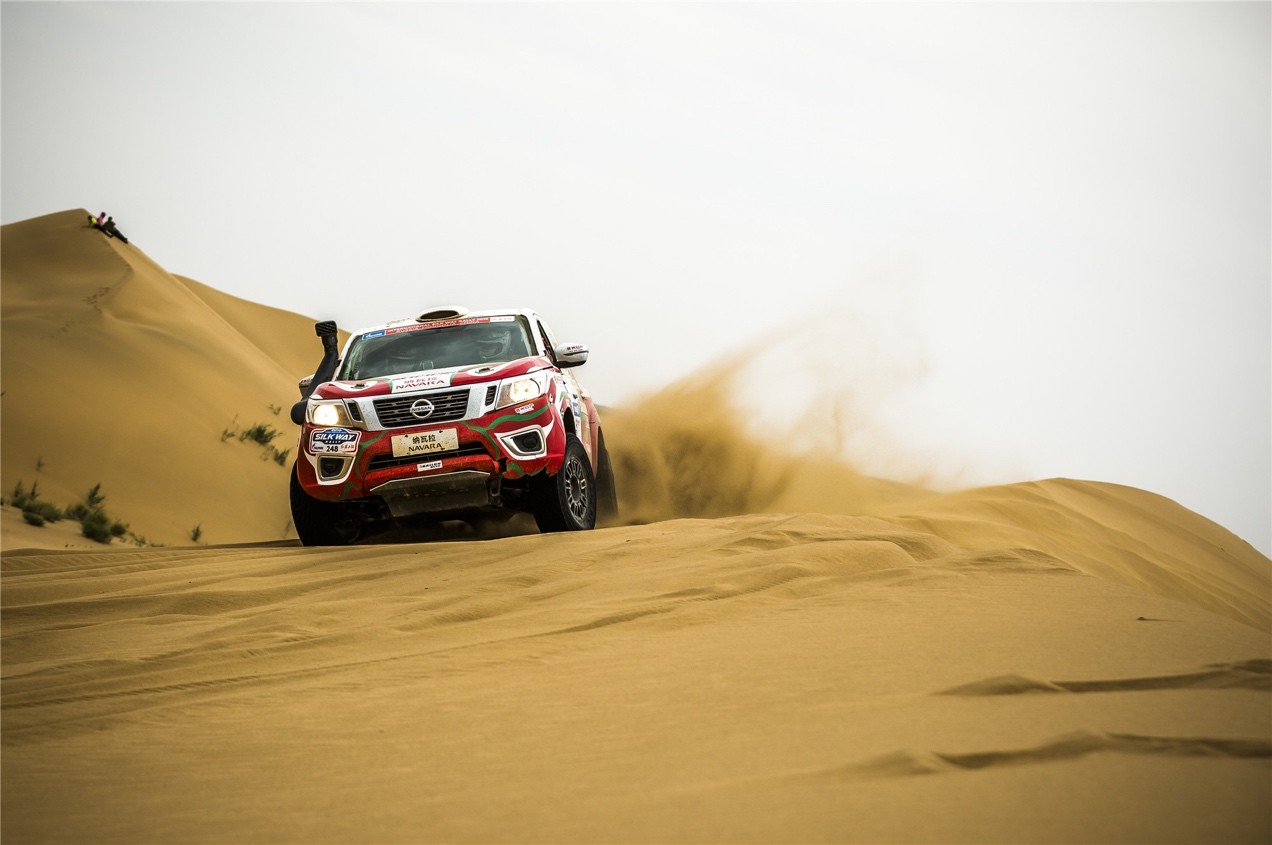


There is still 6-7km away from Daliangwanzi, the road is interrupted here, and you can continue to walk, because now the road is being repaired and no entry is allowed. Ask the construction team. It is said that it will be open to traffic in 2021 at the earliest, and there is no need to detour to Xiaojin County by then.


The most amazing thing is that the stones here will turn red after a few months of sun exposure, and only the sun-facing side will turn red.
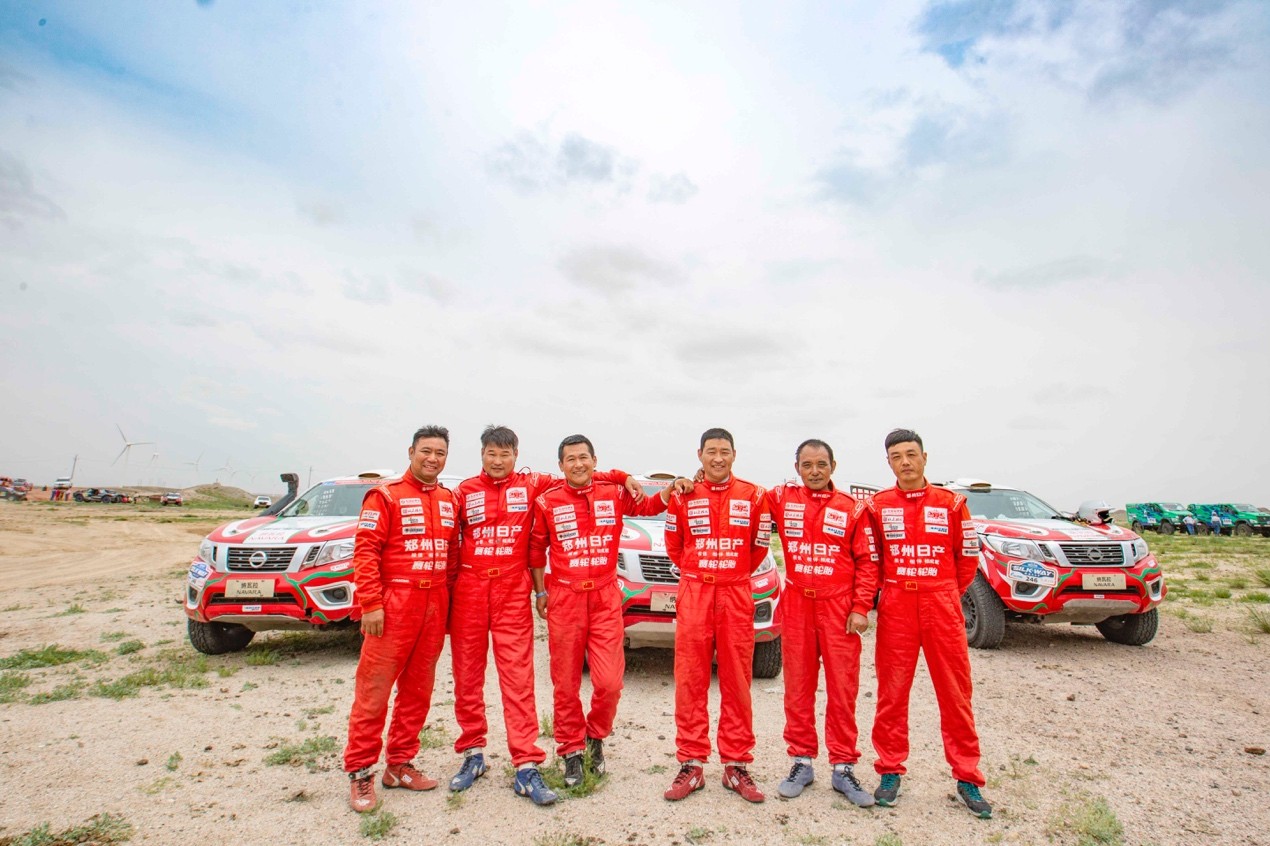


The red substance covered on the stone is a kind of microorganism, which can multiply in the unique ecological environment of the high mountain, forming a unique landscape of chrysanthemum orange algae where life and history coexist. The growth law of this algae on the stone has not been fully explained so far.






Roadside Buddhist Supplies Store in Malkang City

The hotel owner suggested that I buy a few bottles of oxygen, liquid glucose and headache powder, saying that they are necessary for entering Tibet. I have a big tank of oxygen in my car, so I bought 5 sticks of glucose and a few packs of headache powder.

Tibetan-style gates on the streets of Malkang
D4- Malkang→Seda 280km In Songgang Town, 15 kilometers away from the county seat of Malkang City, there is a Songgang Watchtower Group with 4 watchtowers, located on both sides of the Suomo River. Among them, two watchtowers are located in Zhibo village, known as Zhibo watchtowers. The Zhibo watchtowers are distributed from north to south according to the mountain situation. The south watchtower is in the village, and the north watchtower is on the ridge in the north of the village. The two watchtowers are 50 meters apart, and the south watchtower faces west to northeast. One of them is known as the Chinese version of the “Leaning Tower of Pisa”. The watchtowers here are 6 corners, which is very rare. There are very few foreign tourists in this village, and the people who come here are basically people from nearby. The outside of Zhibo Watchtower is hexagonal and cone-shaped from bottom to top. It is made of stone and yellow mud, and its overall height is 43 meters. The inner part of the watchtower has 13 floors. Each floor is paved with small logs. People use wooden ladders to go up and down. The bottom floor is completely closed. The surrounding area is full of villagers from Zhibo Village.


This watchtower was built during the Qianlong period of the Qing Dynasty. It is 43 meters high and has been tilted by 2.3 meters.

The backyard of the owner of the watchtower, next to the yard is a small river.

This passage was originally the gate into the courtyard, and it was impossible for the robbers in ancient times to enter.

Entrance of the watchtower






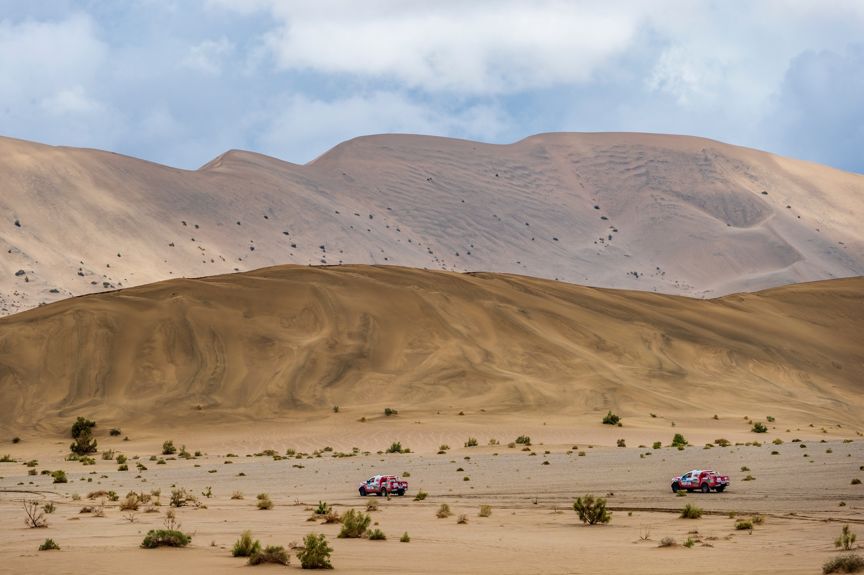

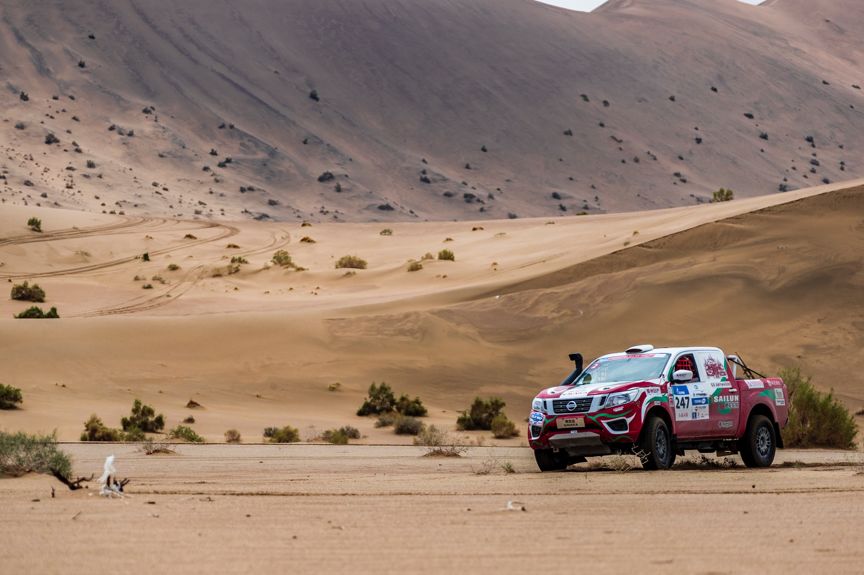

This is another house under construction


This photo shows a clear tilt






At noon, rest and eat in Mumuduo Village

Seeing the monks, we are almost at the Buddhist Academy

When we arrived at the intersection up the mountain from the Buddhist Academy, the road was closed, and private cars were not allowed to enter the mountain. People can go in, but they have to take a shuttle bus, and it is too tiring to consider carrying things on the mountain. I figured there should be other ways to get in, so I turned around to find a way. Stop to ask for directions. This road leads to the celestial burial platform, and these Juems came down from above. They told the back mountain that there is still a way up the mountain
After passing the celestial burial platform, there is a way to go around from the back mountain, but there are still people guarding against it. You can go in, you need a pass or a big lama is sitting in the car. After dealing with him for a long time, it didn’t work (it was impossible to invite Grandpa Mao, saying that he let me in and there was still a checkpoint inside), so I had to park the car on the side of the road to find a way. After a while, I saw that there are local cars that can go in, so I started to get out of the car and look for the vehicle to go in. After a while, I found a car and said that I could take it there (because of the language problem, I thought it could be brought into the Buddhist Academy at the time), but it turned out that he turned left and entered the village at the second checkpoint, and I continued to walk a few minutes to the right. 100 meters to the second checkpoint. No matter what you say, he is very firm and tells you no way. I had to go back to the main gate and take the commuter car up the mountain.

This car is led to the first checkpoint

This is the second checkpoint, the armed police directly guard the door

When you come down from the checkpoint, you can see a small road on the hillside (you can see the small road on the top of the cars in the picture). I drove in the car and asked the locals who were having a picnic whether that road could be walked (don’t enter the grassland casually, otherwise you will be fined), they told me that the path was closed when it was approaching the top of the mountain, and no car could sneak up Way to go. Only by taking the shuttle bus up the mountain from the main entrance, they enthusiastically asked me to stay and have dinner with them, and go up the mountain with them early tomorrow morning. Considering that the itinerary has already been arranged, if I stay as soon as someone invites me, I may not be able to go home for 3 months. I just had a little something to eat with them and then left and continued on my way.




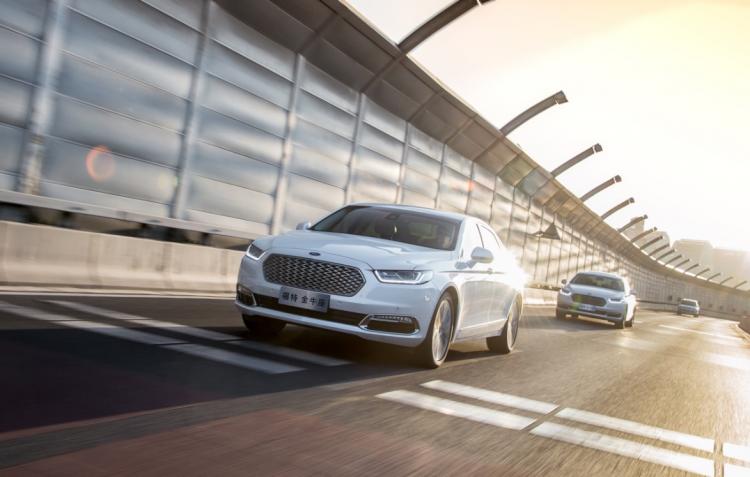

The black spots all over the mountains and plains are yaks, and a yak is a bunch of grandpas


There are many groundhogs on the prairie

In his 30s, he is already the father of 4 children

Everyone looks at the photos in a circle

In the end, I had to return to the parking lot of the shuttle bus at the main entrance, and the red-roofed house where the monks lived was faintly visible in the distance.









Catch the last commuter bus down the mountain at nine o’clock in the evening, otherwise you have to walk down the mountain by yourself or stay in a hotel on the mountain. Take the last downhill bus (here we will talk about the shuttle bus, which may be the cheapest shuttle bus in the country, and the fare is only 3 yuan for a distance of nearly 20km). Go to the parking lot to pick up the car and go to Luoruo Village to find a hotel for accommodation. It is not the peak season for tourists to find a hotel in Luoruo Village, so find a good parking place. After parking the car and carrying a camera bag on my back, I came to the front desk of the hotel to check in with a notebook in one hand and a suitcase in the other. After checking in, when I wanted to go upstairs with my things, I suddenly felt dizzy and nauseous. The waiter said that I was in high reverse, but I was thinking that there was no high reverse in taking pictures back and forth at 4,000 meters on the mountain just now, how could I have high reverse when I went down to 3,700 meters. After resting at the front desk for a while, I reluctantly went upstairs and returned to the room. I drank the glucose water and headache powder I bought yesterday. I don’t know how long it took before I fell asleep in a daze. I also felt hungry, so I packed my luggage and went downstairs to eat and then continued to open the road. September 2 D5 Seda-Nike Township-Garze County In line with the principle of not going back, today I will go to see the groundhog that is popular on the Internet, and then take the X6983 county road to Ganzi County.

There are very few villages along the X6983 county road, and there are hardly many people. The scenery is very beautiful and there is no human destruction. Except for a few sections that were washed out by rain, most of them are still easy to walk.

Super fat groundhog, he kept eating for half an hour when I was there

After watching the groundhog, first go to Seda County to see a doctor, and ask why there was a high reaction last night
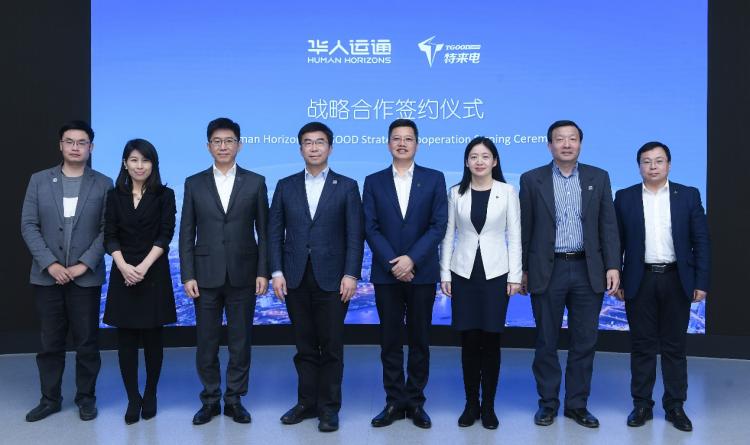
Pagoda near Seda County

Dongga Temple






Standing at Dongga Temple overlooking the distant Seda County




The doctor at the county hospital didn’t say anything. I was fine on the road, and I just thought that I didn’t feel anything when I went up to 4,000 meters above sea level today. Why was there a high reaction last night. In 2015, I pushed a car at 4,600 meters in Gannan, and jumped continuously at 3,800 meters to take pictures, and I didn’t feel high. On the contrary, it shouldn’t be that there is a high reaction at an altitude of 3,700 meters. Could it be related to my continuous driving for four days without rest? After asking the locals, I learned that many people’s rebellion was caused by not having a good rest, so everyone must pay attention to rest and don’t hurry too much. D6 Ganzi-Nata Village-Jiangda County The whole journey is 400km, refuel every day, and record the mileage of the previous day.




I woke up in Gyangze County in the morning and wanted to have a local snack for breakfast, but I couldn’t find it after searching for a long time. In order not to waste time, I chose a ramen restaurant with many people for breakfast. On the way back to the hotel, you can sell a fruit you haven’t seen before

This is how it is peeled, it tastes sweet and a little sour.
Today’s focus is to go to Yaqing Temple. Although her reputation does not seem to be as great as Seda Wuming Buddhist Academy, it is more simple there. Yaqing Monastery, Jiangyang Longduojiacan Venerable (Lama Aqiu Rinpoche), was built in 1985, in the territory of Acha Township, Changtai District, Baiyu County, Sichuan Province, and created the second bronze-colored Deshan Yaqing Wujin Meditation Sanctuary- – Yaqing Temple. Both Yaqing Temple and Wumingse Dafa College belong to the Nyingma Temple, and they are both located on the northern line of the Sichuan-Tibet Highway. The Dzogchen Practical Practice Teaching Method (Ear-Passed Tips) of Nyingma Barongqin and Longsal——Cheqi and Tuoga of the Extremely Secret Heart Drop Department are strictly required for disciples to retreat and practice. Lama Achok Rinpoche has taught tens of thousands of people in Tibetan and Han provinces the great guidance of Dzogchen Dharma. There are many disciples showing signs of achievement: after passing away, colorful relics appear on the body, rainbows penetrate the sky, bones turn into crystals, and self-born Buddha statues and so on. According to the prophecy given by Yaqing Temple, many disciples will disappear in the rainbow in the future. There are more than 20,000 monks and nuns living in Yaqing Monastery, mainly Juemu (Tibetan female venerables are called nuns), and it is a large and influential temple in Tibetan areas. Small box rooms, ranging from thousands to more than 20,000, are built by practitioners themselves. The government built fire prevention facilities. The Changqu River forms a small island, which is the largest Juem District in the world, and outside the island is the Zaba (male monk) district. Yaqing Temple is 122 kilometers away from Baiyu County and 102 kilometers away from Ganzi County. It is a large-scale training place with the same reputation as Seda Buddhist College.

From the alpine meadow on the roadside, head west from Ganzi, cross Zhuodala Mountain (4,600 meters above sea level) and Haizi Mountain (4,410 meters above sea level). The blue water of Nalentso Lake next to Haizi Mountain plays with wild ducks. 200 meters before the 95th kilometer of the highway boundary sign, the 1st Road sign (Yaqing Wujin Zen Forest) points to the fork road on the left, turn into the fork road for about seven kilometers and you will arrive at Yaqing Temple.

It is said that foreigners must come with a group. I don’t know how the two of them arrived. This is a checkpoint. If you drive to Yaqing Temple by yourself, you will be asked to park your private car here. Then walk nearly 1km to enter. Walking back and forth for several kilometers on the 4000-meter plateau will be a test of physical strength.

First come to a Google satellite map, overlooking the panorama

There are more than 20,000 monks and nuns living around the Yaqing Temple. It is divided into two districts, Zaba and Juemu, with the river as the boundary, a total of eight continents. Zaba (male monks) is divided into five continents: Dharma Light Continent, Wheel Nirvana Dharma Continent, Samantabhadra Continent of Calm Concern, Great Joy Liberation Dao Continent, Bright Body Self-Liberation Continent; The venerable language woman is divided into three continents: Lekong Shuangyun Continent, Puxian Dale Continent and Erdi Shuangyun Continent.


Unlike Seda Wuming Buddhist Academy, which is built on the mountain, most of the houses of practitioners in Yaqing Temple are built around the river. Yaqing Temple is located in the middle of the Zhangtai prairie. It is built on the grassland wetland surrounded by mountains. The terrain is open, the altitude is about 4,000 meters, and the temperature is relatively low. Even in July and August in summer, the temperature is only a few degrees in the morning and evening. The buildings surrounding the temple are huts where believers live. Small box rooms, ranging from thousands to more than 20,000, are built by practitioners themselves. The criss-crossing Changqu River surrounds the entire temple complex. In the early morning or at dusk, the smoke is filled with smoke, the river is shining with golden light, and the sound of chanting scriptures comes from afar with the wind, which is like the sound of nature and moves people’s hearts. The main transmission of Nyingma Ba’s Dzogchen practical teachings is to pass on the tips (mature formulas)–Che Que (Zhi Duan) and Tuo Ga (Dun Chao) of the Extremely Secret Heart Drop Department. And strictly require disciples to retreat and practice. Studying in Yaqing Temple, the living conditions are extremely difficult, and transportation is inconvenient and materials are scarce. But all this did not stop those who are willing to practice, and there are hundreds of Han disciples who live and practice. The “Complete Guangming Hall” of Yaqing Temple (the name of the Great Sutra Hall of Yaqing Temple) is modeled on the famous “Wuzi Hall” of the main hall of Samye Temple. It has a magnificent appearance and is composed of 160 pillars. Everything has profound meaning.



This is the residential area where the monks live



Lama Rinpoche Stupa


Juemu Island is actually not an island, but an area on the other side of the river. All the people living inside are Juem (female monks). Men are not allowed to enter, and they can only watch from outside the wall.



Continue to drive southeast from Yaqing Temple, cross Nata Township to S217 Provincial Highway, and then go south to Litang County on G318.


Because we still have to go to Zizhu Temple, we have to go through Baiyu County and take G317 to Gyantse County when we leave Nata Township.

The clear river beside Geta Village on Ganbai Road, the river water is very cool

Marong Township



Gangtuo Village by the Jinsha River The 18th Army Battlefield Crossing the River Ruins Gangtuo Town, as the first town to enter Tibet on 317, is very rich in natural and cultural tourism resources, and the resources are well combined. With the completion of the characteristic small town of Gangtuo Town, the accommodation and catering facilities are also constantly improving. Tourists who plan to stay in Sichuan can go to Tibet for half an hour, which greatly facilitates tourists entering Tibet to experience the customs and magnificence of Tibet. scenery. Since entering Tibet, Gangtuo Town has the ruins of the 18th Army’s entry into Tibet. At the same time, you can appreciate the customs and customs of Gangtuo Folk Tourist Village on the banks of the Jinsha River. refreshments. You can also choose to go directly to the characteristic small town of Gangtuo Town, enjoy the unique scenery of water and mountains in Xuebagou Scenic Area, feel the unique small town life with Tibetan characteristics, stroll along the beautiful riverside plank road, and enjoy the leisure and contentment of a quiet town.




There are collapsed roadbeds and collapsed mountains along the way.
D7 Jiangda~Leiwuqi 350km



Depart at 10:30 in the morning, self-driving means that you can sleep until you wake up naturally every day, and you can set off at any time you want






